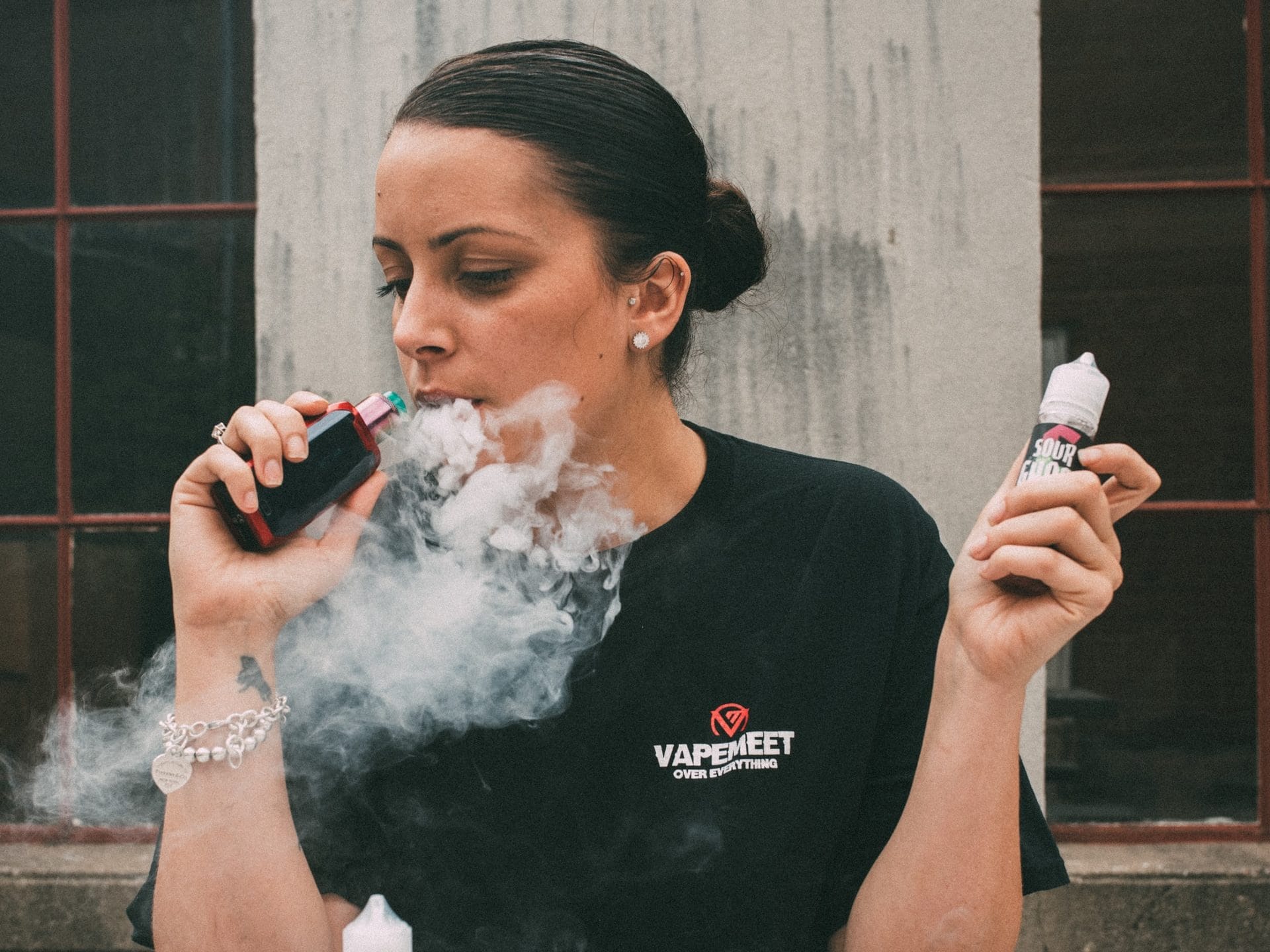HEATED TABACA: facts and figures
Heated tobacco products (HHT) are tobacco products that require the use of an electronic device to heat a “stick” or cartridge of pressed tobacco.
The “stick” (essentially a cigarette) or tobacco cartridge is heated to a temperature high enough to produce an inhaled aerosol.
INT systems are fully integrated.
Thus, the heating device and heated cigarettes or cartridges for each system must be used together.
INTs are relatively new to the consumer market, so data on their use is limited.
YOUNG PEOPLE.
1.1- In Romania in 2017, 3.1% of youth, 3.8% of boys, and 2.3% of girls (ages 13-15) actively used INTs
1.2 – A survey conducted in Taiwan in 2018 showed that 2.33% of adolescents (ages 12-18) used IQOS (INT manufactured by Philip Morris International)
ADULTS.
Survey conducted in the Republic of Korea in 2018 (one year after INTs first came on the market), howed that 4.4% of adults were active users of INTs, of which 7.8% were men and 0.9% were women.
2.2 In Japan, where INTs were introduced in stages from 2014 to 2016, active use increased significantly from 0.2% among adults (ages 15-69) in 2015 to 11.3% in 2019.
Active use in 2019 was highest among men (17.2%) and young adults (17.0% of adults ages 20-30, 15.2% of adults ages 30-40
INTs appeared in Kazakhstan after IQOS went on sale in late 2016. In 2019, 1.0% of adults (ages 15 and older), including 1.4% of men and 0.6% of women, actively used heated tobacco products

E-cigarettes and reduction of regular cigarettes
Evidence is still accumulating whether the use of INTs leads to a reduction in regular smoking.
The IQOS product appeared in various regions of Japan over a two-year period (2014-2016).
A sales-based study showed that sales of conventional cigarettes decreased significantly after IQOS appeared in 11 regions of the country.
- However, other researchers have examined patterns of dual smoking and intent to quit, and concluded that INTs are a supplement, not a replacement, for regular cigarettes.
In Japan in 2018, 93.9% of all smokers who simultaneously used regular cigarettes and INTs smoked every day, with about half (48.4% of the sample) smoking both regular cigarettes and using INTs daily.
This suggests that INT use is not associated with decreased smoking of regular cigarettes among dual smokers. - Several studies have reported that dual smokers of INTs and conventional cigarettes in Japan are no more likely to want or try to quit smoking than are dual smokers of conventional cigarettes alone

E-cigarette emissions and potential health risks
The short- and long-term health effects of ETC use and exposure are still unknown.
However, there is ample evidence of health risks associated with chemicals in cigarette smoke.
Many of these chemicals are also found in INT vapor, and the effects of their presence in cigarette smoke can be used to predict the potential health effects of INT.
So far, all independent studies have been conducted using Philip Morris International’s IQOS product and British American Tobacco’s glo product.
- Exposure to various carbonyl compounds has a range of adverse health effects.
Many of them, such as formaldehyde and acetaldehyde, are carcinogenic and can make the lungs more susceptible to infection.
Other carbonyl, such as acrolein, contribute to plaque formation in blood vessels as wand ell as blood clots, increasing the risk of heart disease and stroke.
Exposure to acrolein also reduces the ability of the lungs to fight infection. - Volatile organic compounds such as benzene, toluene and isoprene are also harmful if inhaled;
Many cause cancer; some also affect the respiratory, cardiovascular, and reproductive systems. - Exposure to tobacco-specific nitrosamines has been linked to cancer of the lung nose, esophagus, liver, pancreas, and cervix.
- Exposure to carbon monoxide reduces oxygen delivery to the heart and other tissues, which increases the risk of blood clots, heart disease and stroke over time.
These cardiovascular effects can negatively affect fetal development during pregnancy. - Nicotine is a highly addictive chemical, and nicotine exposure can also increase the risk of cardiovascular disease.
During pregnancy, nicotine exposure negatively affects maternal and fetal health, contributing to premature birth and stillbirth.
Exposure to nicotine during fetal development and adolescence has long-term negative effects on brain development.

Preliminary clinical studies on the dangers of e-cigarettes
- Laboratory studies of the effects of exposure to IQOS emitted substances have found evidence of cell poisoning and the development of inflammation in lung cells, which can lead to lung damage.
At least two reported cases of acute eosinophilic pneumonia have been associated with INT use. - Another laboratory study has shown that exposure to IQOS-released substances impairs cardiovascular function25.
- Some have suggested that the use of INTs may impair immune system function and increase susceptibility to bacterial infection.
- One study examining the effects of IQOS found evidence of liver poisoning; these health effects have not previously been associated with smoking regular cigarettes.
PMI advertises IQOS as a non-combustible tobacco product; however, there is evidence of pyrolysis (a critical combustion step) during its use.
Regardless of the technical term used to describe what happens during IQOS use, IQOS vapor contains nicotine, carcinogens, and many other hazardous chemicals.
Basic information.
- Heated tobacco products pose significant health risks.
- More research is needed to better understand the specific health harms caused by heated tobacco products.
- Governments should consider banning heated tobacco products or applying tobacco control provisions to both heated cigarettes and heating devices that are fully, completely compliant with the WHO Framework Convention on Tobacco Control.))



